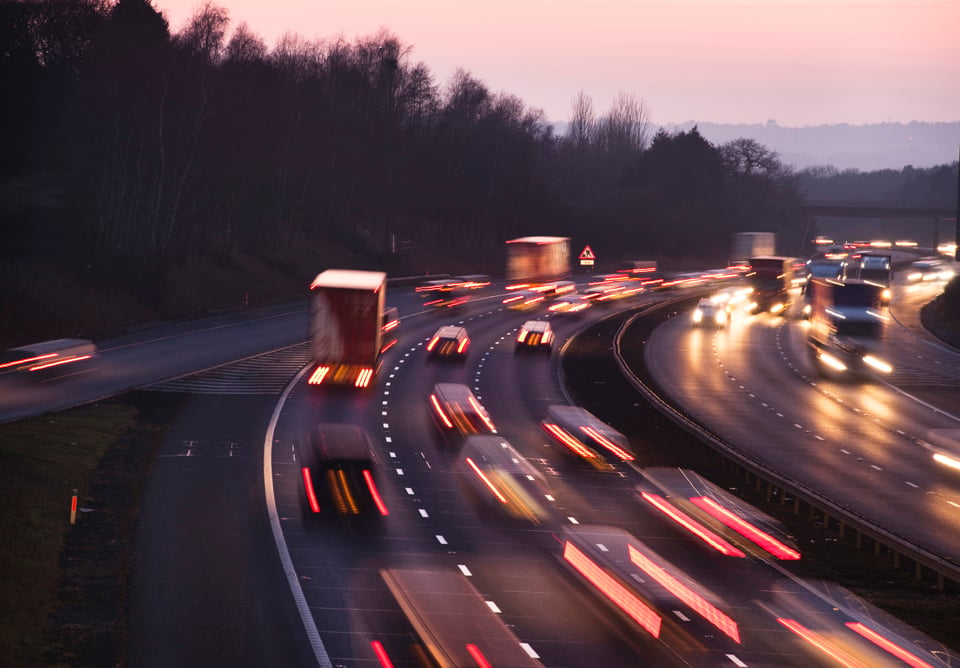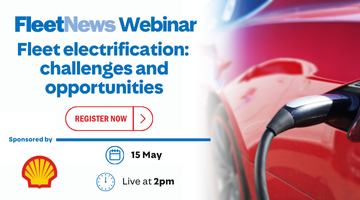A significant proportion (40%) of drivers say that they have no alternative to the car when it comes to commuting to and from work, according to the RAC.
For those living in rural locations the figure increases to 70%.
Taking the bus to work only seen as a viable option for a third (31%) of drivers. This rises to half (50%) of drivers in town and city centres where public transport provision is most likely to be at its best.
For those in the suburbs, the figure drops to 26% before reaching a low of 11% for those who live rurally.
Four out of five drivers (81%) say they would find it very difficult to adjust their lifestyle to being without a vehicle – a figure that has remained constant since 1989, when the RAC first asked this question.
Drivers’ dependency on their cars increases with age, the data shows. While two-thirds (65%) of under-25s say they would struggle to adjust to life without a vehicle, among those aged between 25 and 44 this goes up to 77%. The proportion then rises to 84% among those between 45 and 64, before peaking at 86% in those aged over 65.
Looking at some of the most common journey types, nearly two-thirds (63%) of drivers always commute by car, while 57% always drive when shopping for groceries.
Some 42% always drive when taking their children to school, nursery or clubs while 40% always do so to get to or from an airport. A quarter (26%) always use the car when travelling to a mainline railway station.
In comparison, the proportion of drivers that walk, cycle or use public transport instead is tiny – just 8% of commuters do, while the proportion of those who do so when grocery shopping is just 3%.
Just 29% of all drivers believe public transport is an attractive alternative to driving, up from 26% in 2023 and 23% in 2022.
The rate is highest among the under-25s at 41% and lowest among those aged between 45 and 65 (25%).
Yet more than half (53%) of drivers said they would use their vehicle less if public transport was more convenient, reliable and affordable – although this is down by six percentage points from the peak of 59% recorded in 2019.
RAC head of policy Simon Williams said: “Our research shows that the car remains central to so many people’s lives.
“While those in more rural areas are most car dependent, half of those in urban centres also don’t see public transport as a viable alternative for their daily commute.
“What’s more, while there’s a definite willingness to make greater use of alternatives to the car, driving is still the mode of choice when it comes to running errands or making leisure trips, possibly because drivers see it as the most time and cost-effective option.”
He added: “Car dependency also seems to increase with age. Young people clearly have a desire and, in many cases, a need to drive, but the convenience and freedom it brings seems to become more important as the decades pass.
“While the current Government is very focused on improving public transport across the board, we suspect the car will always be essential to many people’s lives.”





















Login to comment
Comments
No comments have been made yet.